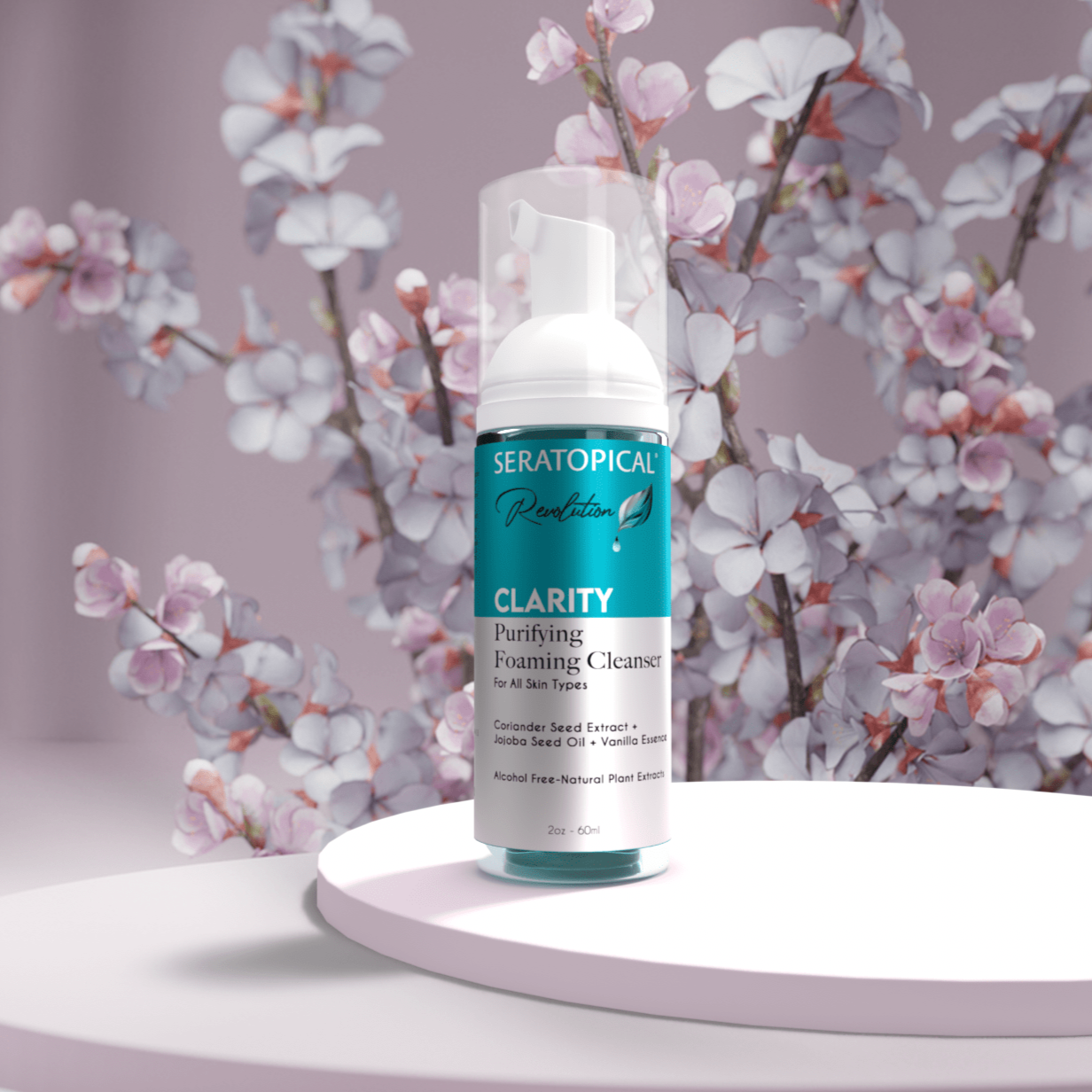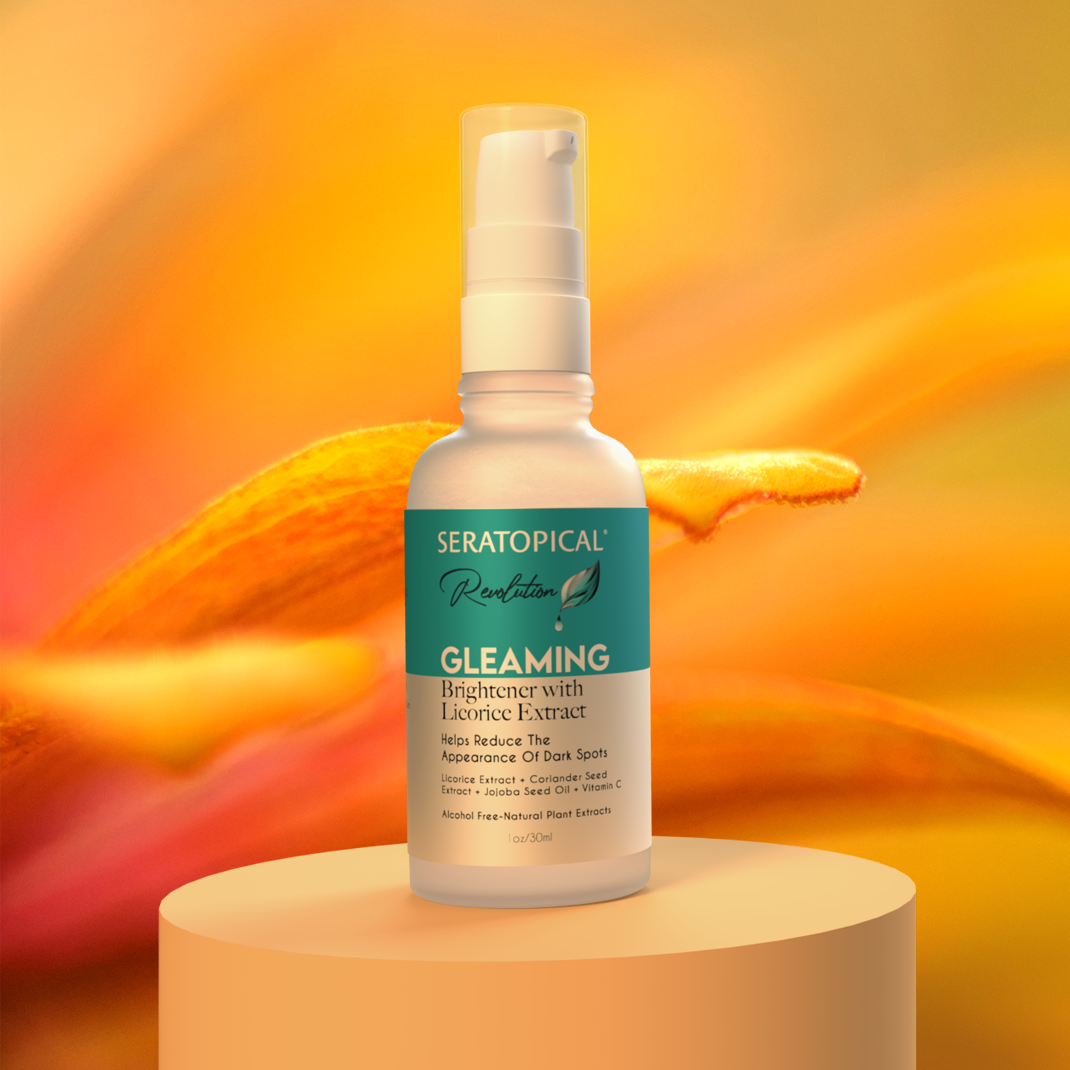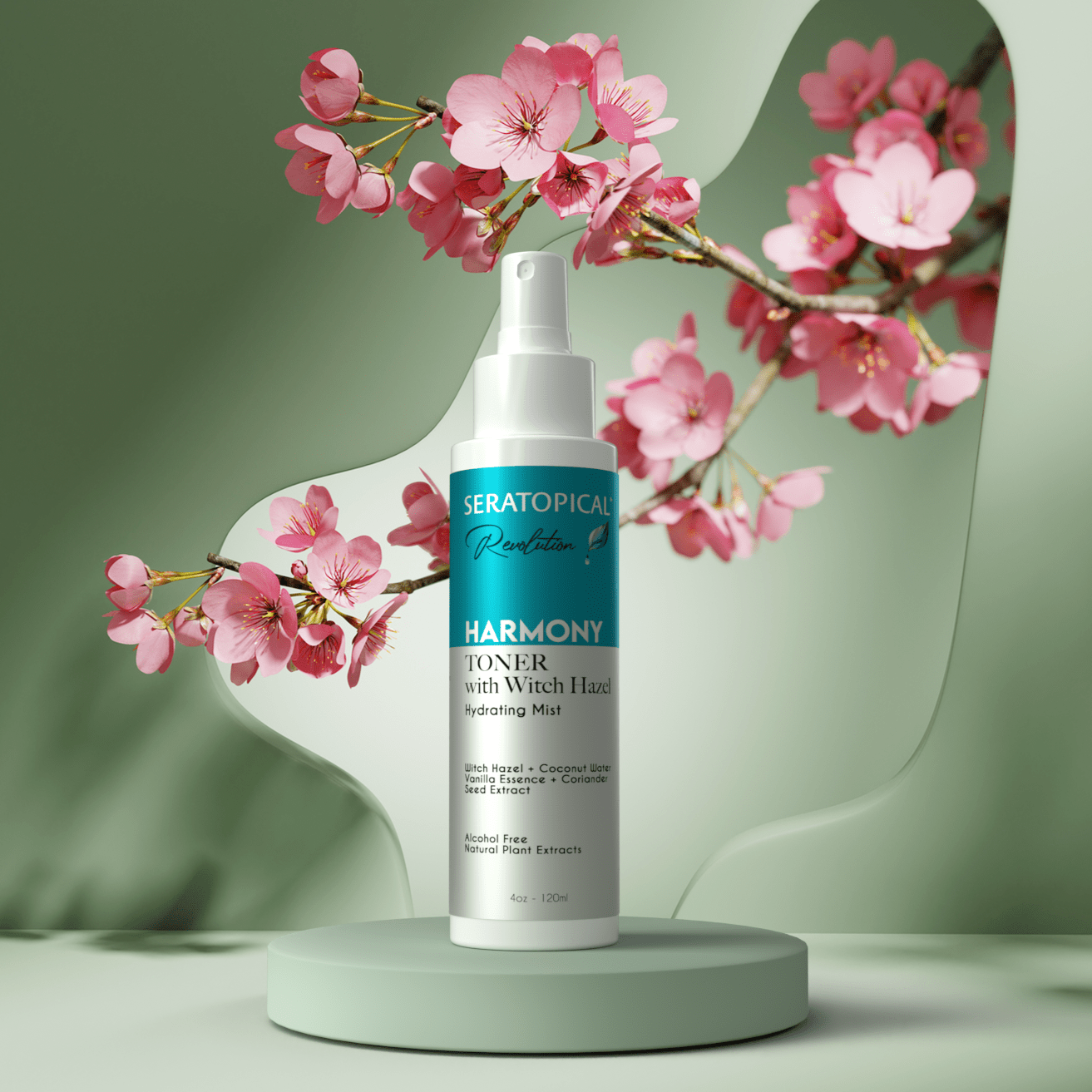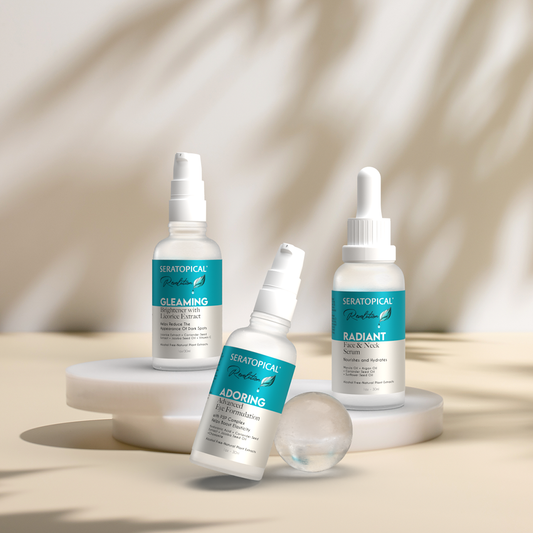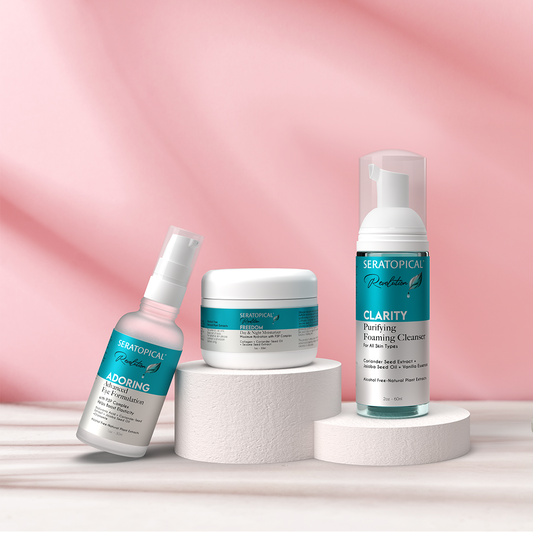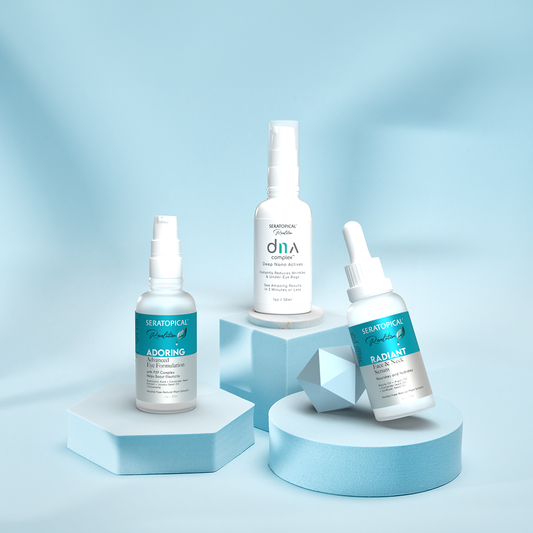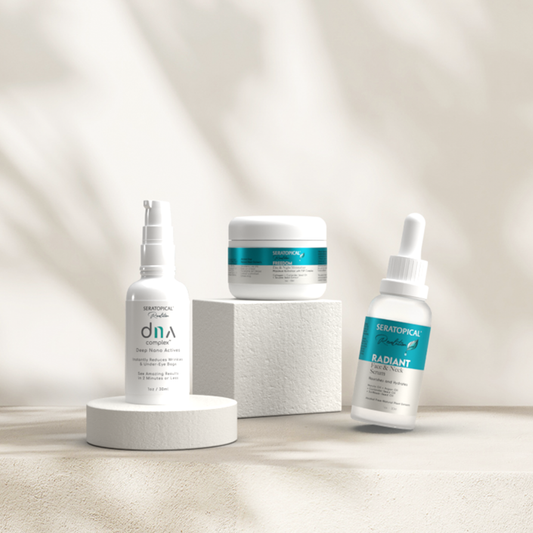Knowing exactly how to layer skincare products is essential for making the most of your routine. We’ve created the ultimate guide to layering your products of choice to help you achieve and maintain a radiant, healthy complexion.
Understanding Your Skin Type
As you build your perfect skincare routine, it’s important to keep your skin type in mind. Doing so will help you choose the best products for your skin’s needs – which will ultimately lead to optimal results.
For example, if you have dry skin, you’ll want to ensure you’re using a richer moisturizer and potentially working oil-based serums into your routine to keep moisture levels balanced. Meanwhile, someone with sensitive skin will want to make sure they are avoiding aggressive treatments or formulas made with potential irritants.
Step-By-Step Guide to Layering Skincare Products
Here is our guide on properly layering skincare products for the best results.
1. Cleansing
The first step of any skincare routine is cleansing. This preps the skin by washing away impurities, ensuring the next products in your routine are able to fully absorb and do their best work. A gentle, nourishing daily cleanser will wash the skin without stripping its natural moisture or causing irritation.
2. Toning
Toning is one of the skincare routine steps that is often forgotten about, but it can make all the difference in your skin. Apply a refreshing toner immediately after cleansing to help calm and hydrate while prepping the skin for the next steps.
While some toner formulas can be aggressive, a super gentle, hydrating toner will help soften, nourish, and refresh the skin – without being too harsh.
3. Serums and Treatments
Next up are serums and treatments – which are a must if you’re looking to tackle specific skin concerns. They contain active ingredients that address common issues and support a healthy, glowing complexion.
You’ll want to apply any serums/treatments once your toner has dried down. If you’re using more than one, follow the thinnest to thickest rule: thinner formulas should be applied first, followed by thicker formulas.
When it comes to choosing the right treatments for your skin, consider the concerns you’re looking to target so you can find a formula best suited to your needs. For example, a radiance-boosting serum can help tackle dark spots and improve suppleness and strength, while a nourishing, anti-aging serum will help fight signs of aging while providing extreme hydration to the skin.
4. Eye Cream
From dark circles to fine lines to bags, many issues can show up in the eye area – but the right eye cream can help. An advanced eye serum can treat the delicate eye area, working to help soften lines, minimize puffiness, and brighten. Once any serums have absorbed into the skin, gently tap your eye product into the under-eye area, creating an even layer of product.
5. Moisturizing
After serums and treatments comes a moisturizer. A moisturizer will not only infuse your skin with much-needed moisture, but will also support barrier health and seal in the other topical products you applied, ensuring they are able to do the best possible work.
Certain moisturizers can also target specific skin concerns. For example, a daily anti-aging moisturizer can support your skin’s moisture levels while helping to promote a more youthful complexion.
6. Sunscreen (AM Routine)
Every morning skincare routine should end with sunscreen application. As the final step, apply an even layer of sunscreen all over the face, neck, and chest to keep your skin adequately protected against the sun’s harmful rays.
7. Night Cream (PM Routine)
If you want to add a bit more moisture to your routine, consider using a night cream in place of your moisturizer in the evening. A night cream typically has a richer formula that will douse the skin with moisture for plump, supple skin.
Tips for Effective Layering
Here are a few tips to keep in mind as you layer your products:
- Wait a few minutes between each layer to ensure the product fully absorbs into the skin.
- Make sure you use enough product to create an even layer all over your skin.
- Don’t forget to bring your products down to your neck and chest.
Special Considerations
Keep in mind that you may need to adjust your routine slightly from season to season, as weather fluctuations can impact the skin differently. That said, you can still follow the same layering routine outlined above. Additionally, it’s important to work exfoliation (either physical or chemical) into your weekly routine to clear away dead skin cells.
Your products can only do their best work if you use them properly. With this layering routine, you’ll make the most of your skincare formulas, ensuring you see and feel optimal results.


